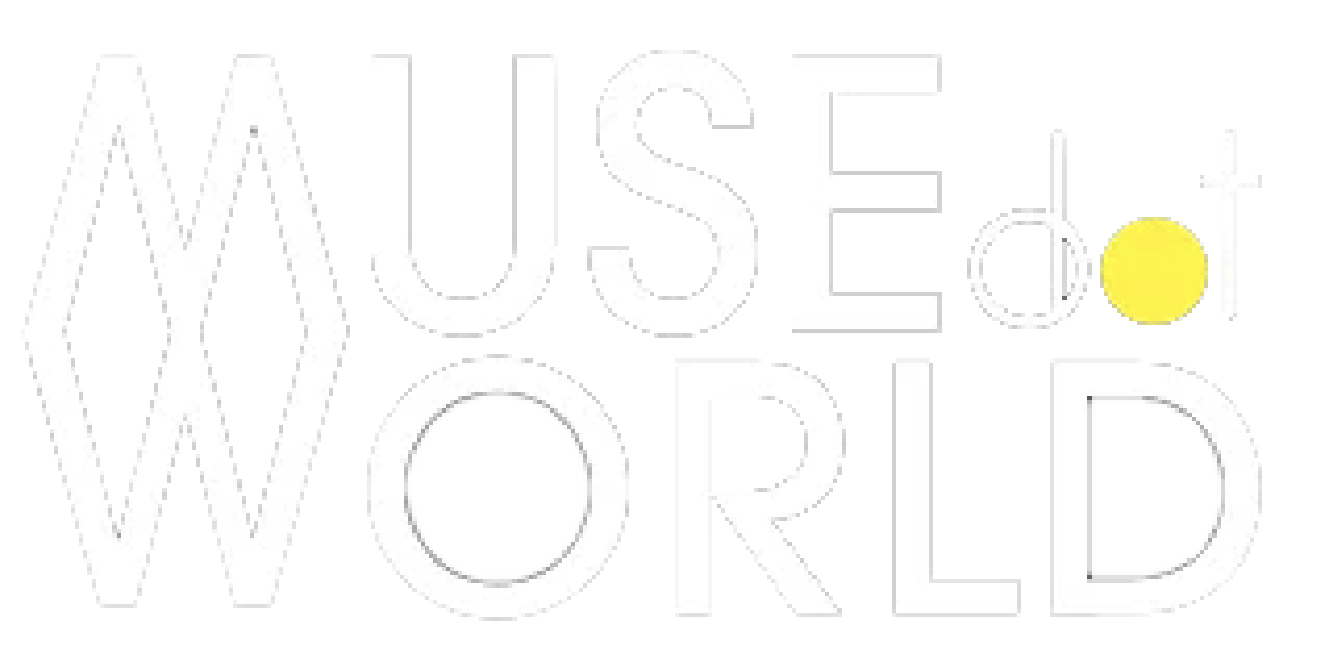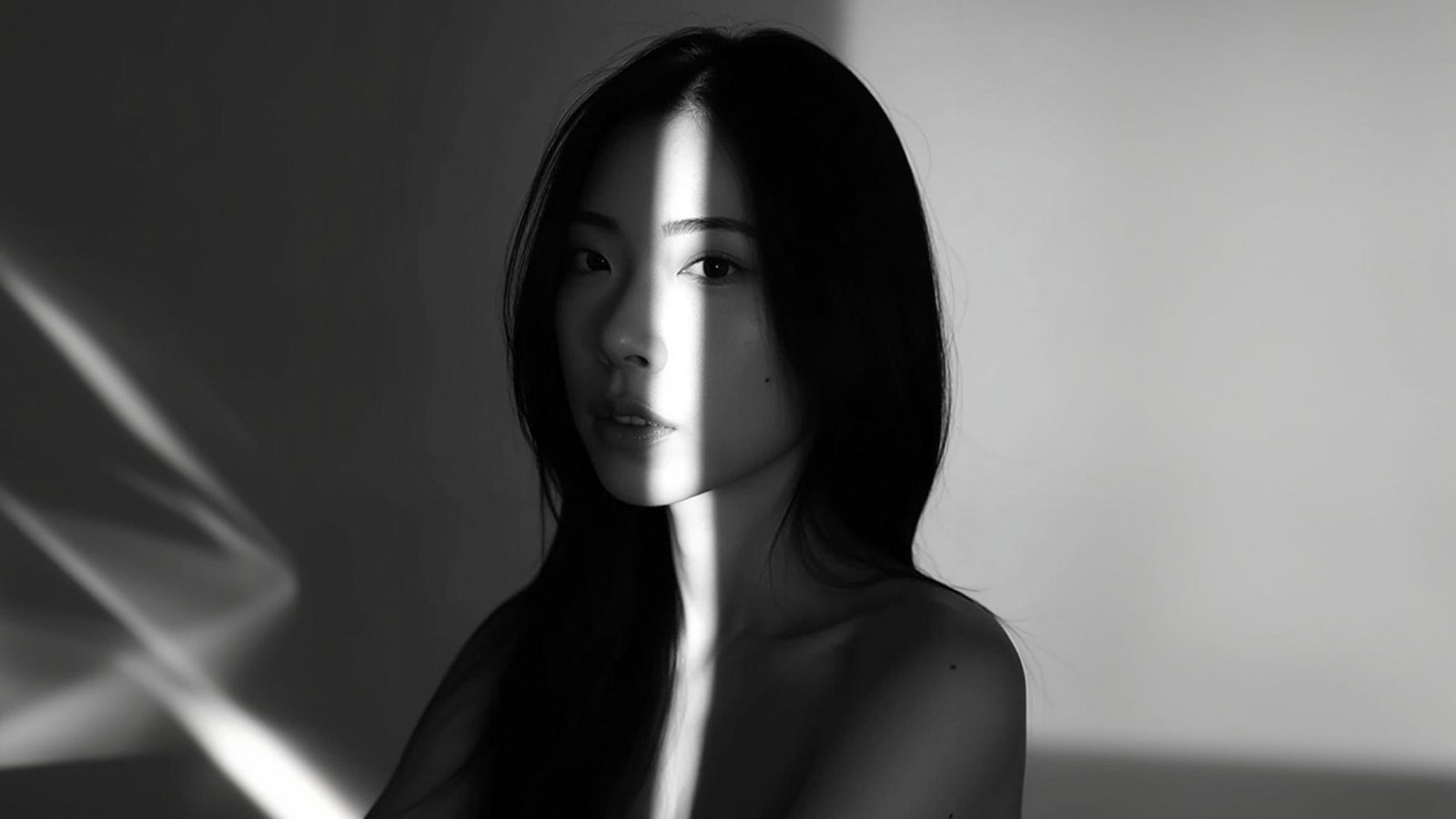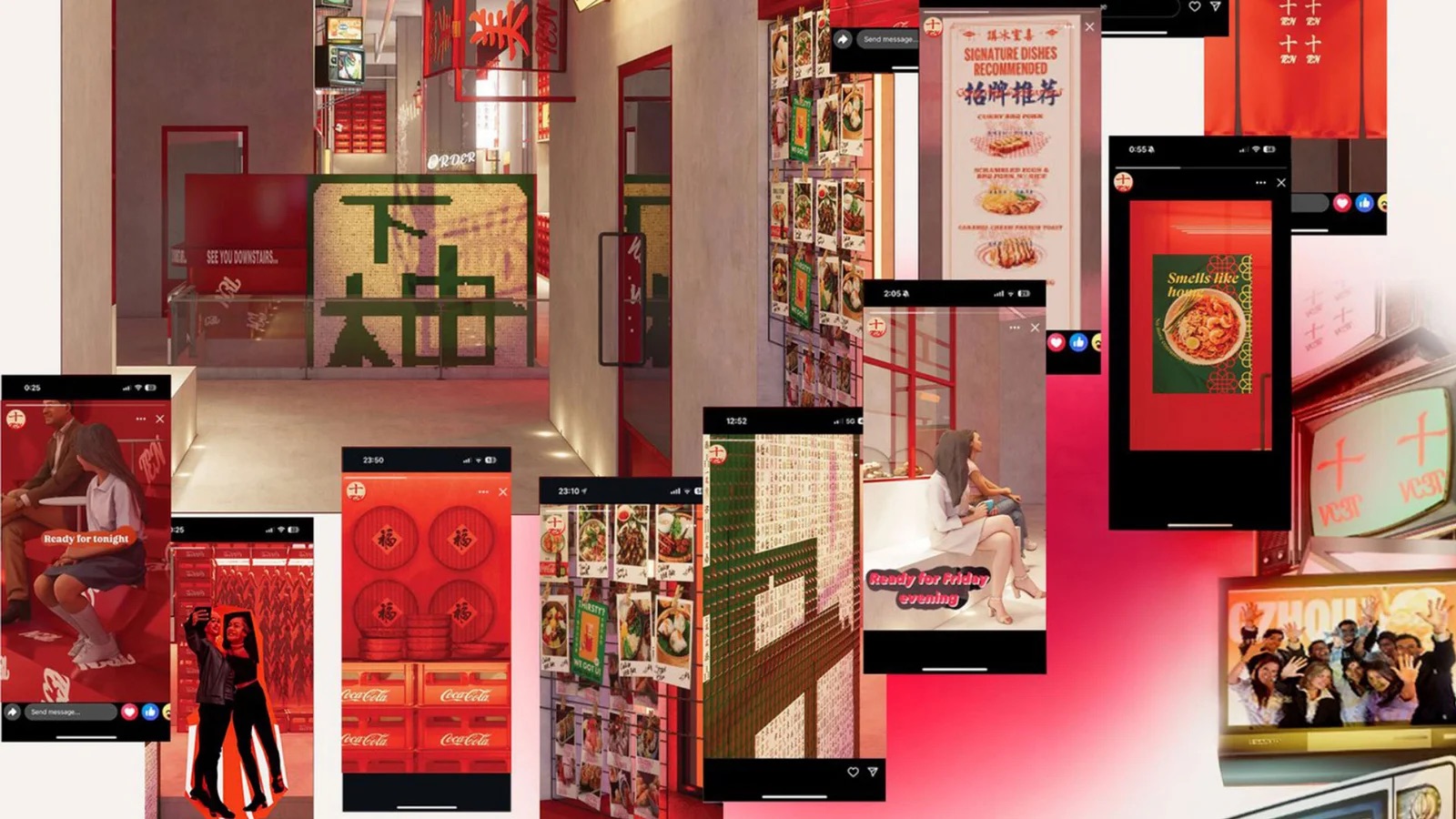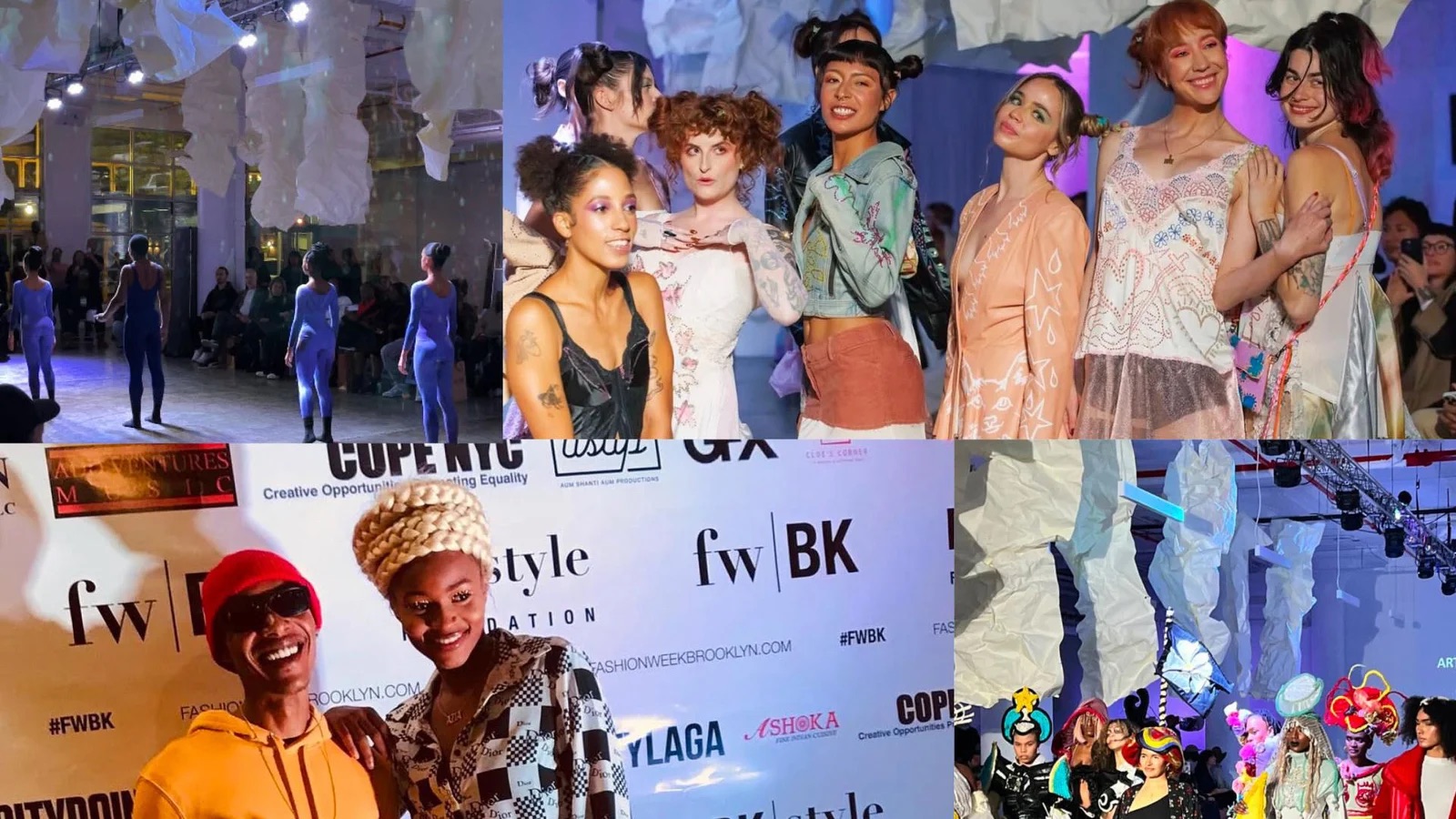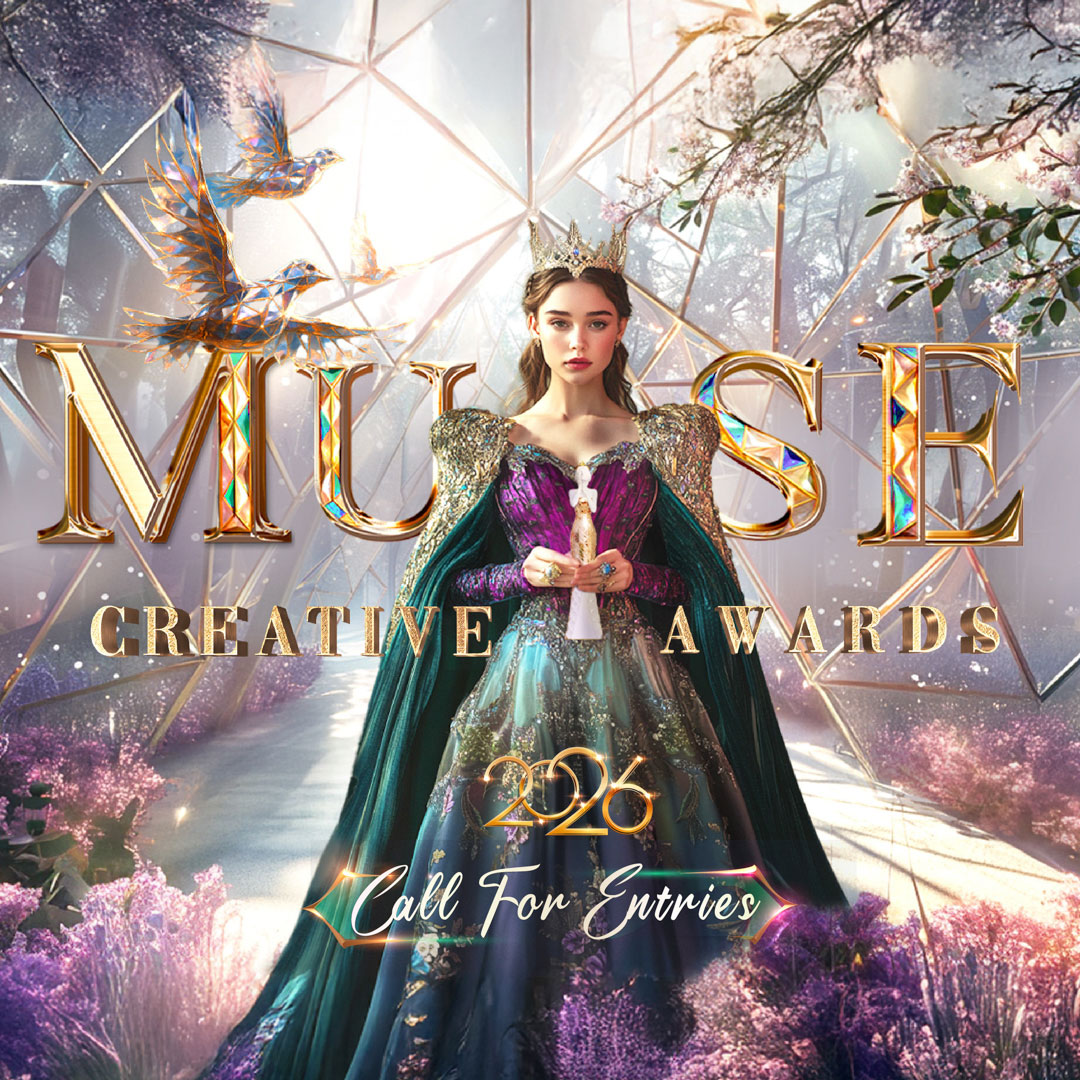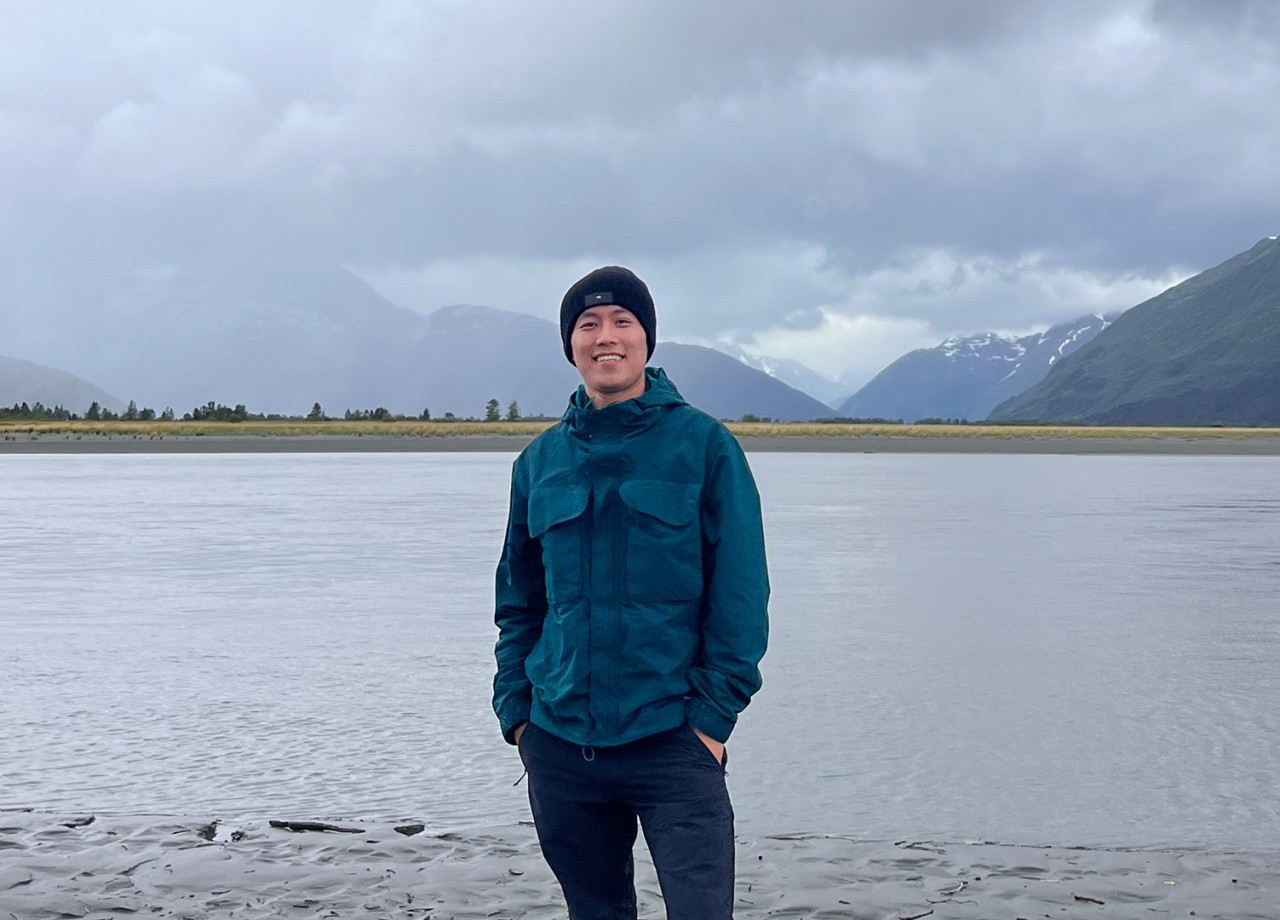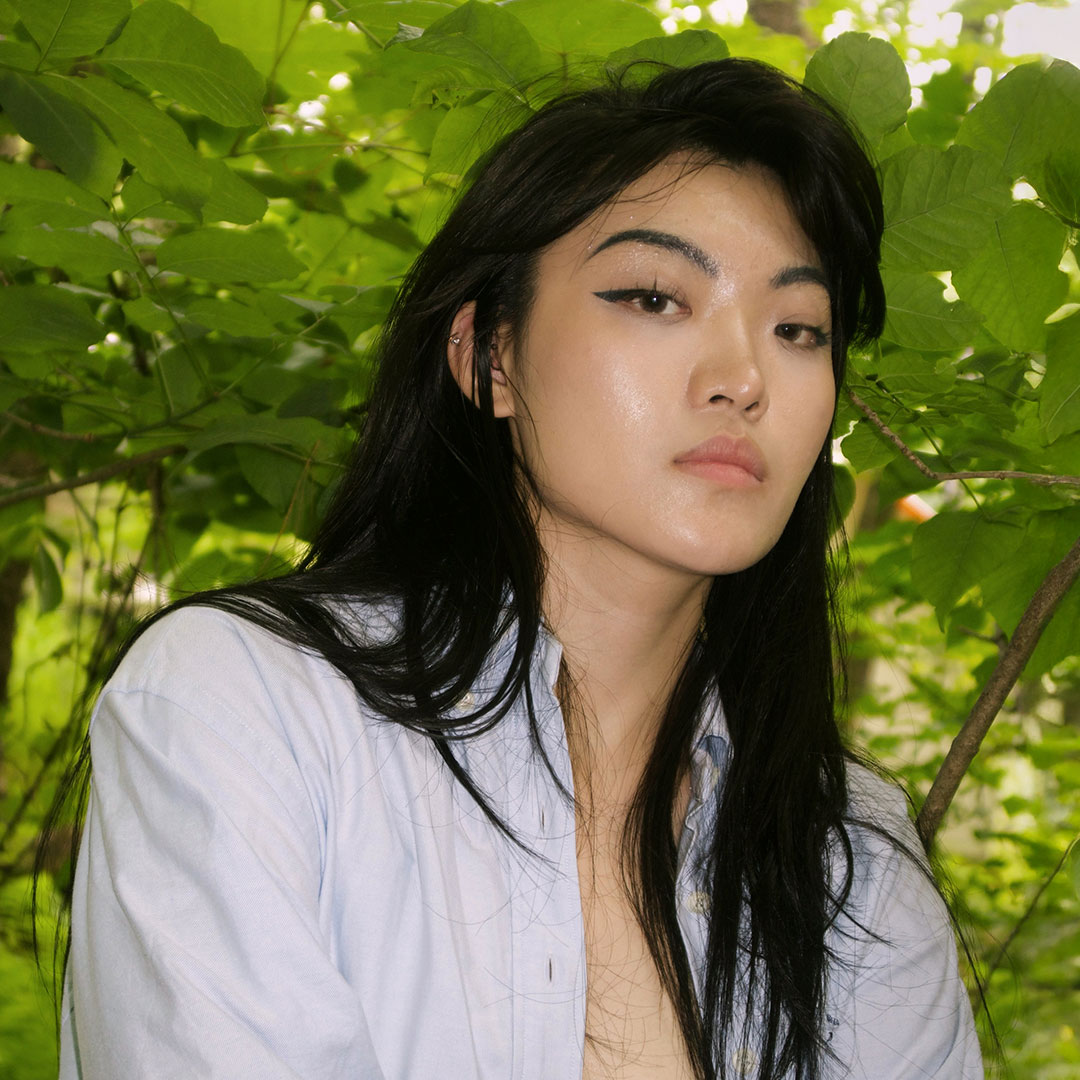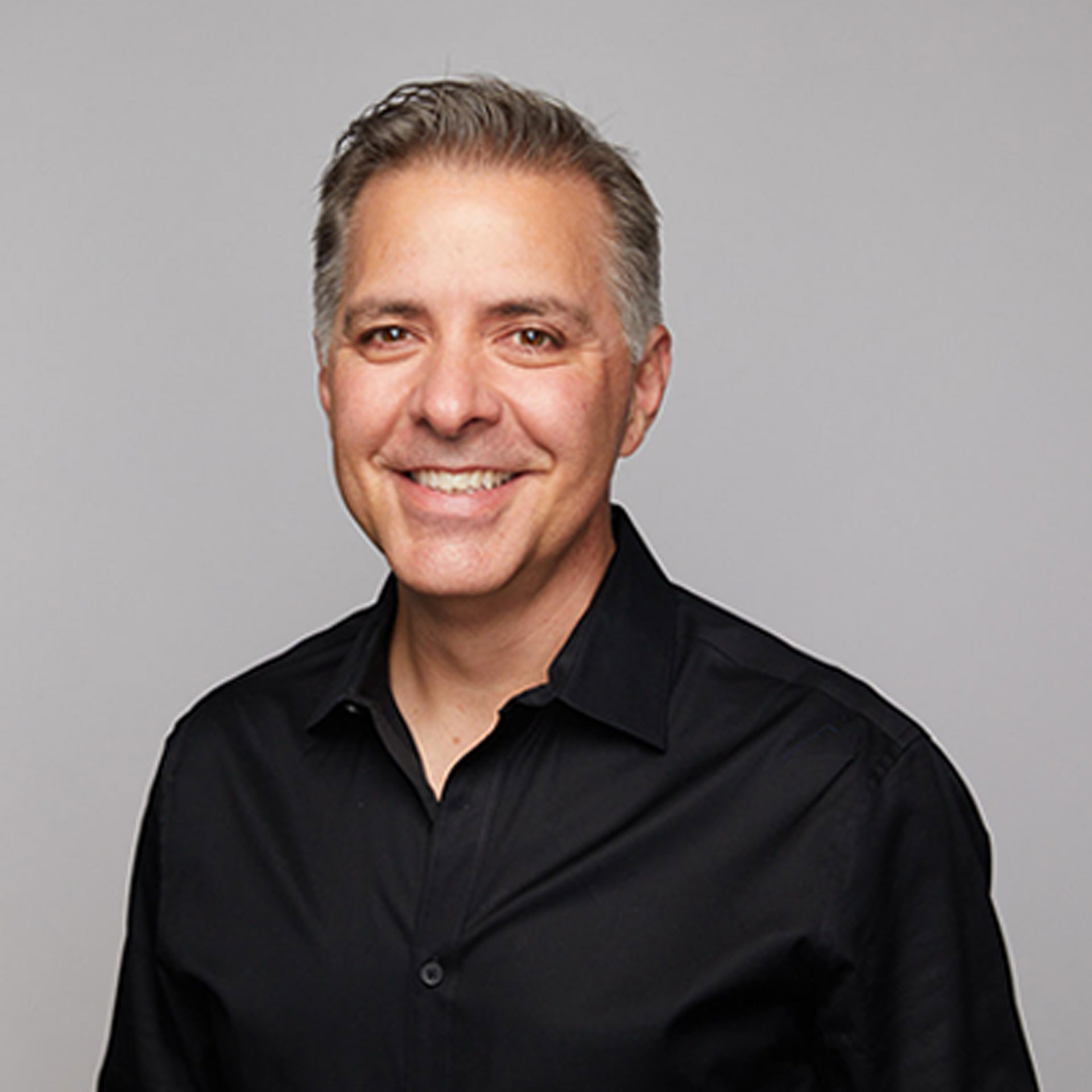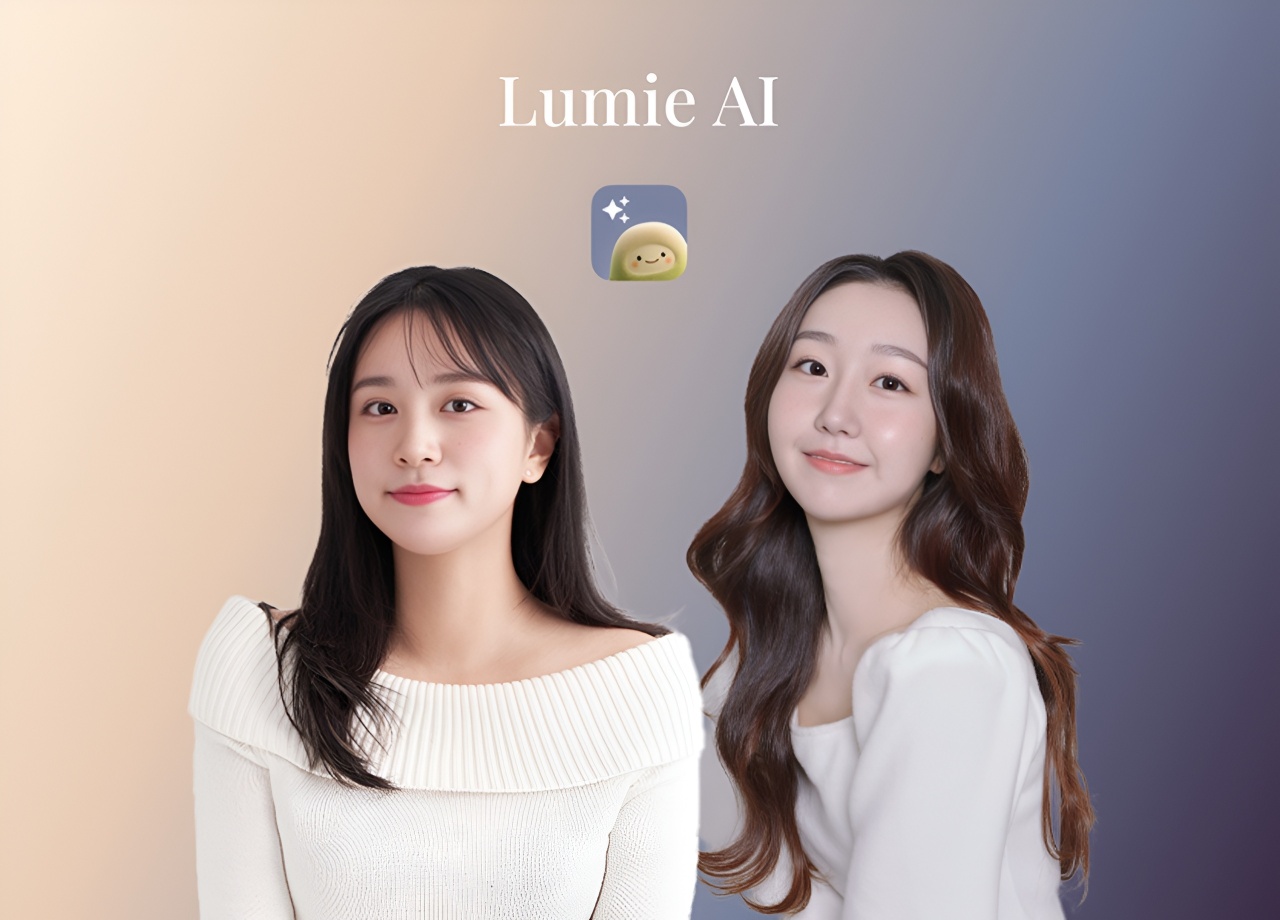Si Chen on Conceptual Design That Bridges Culture, Technology, and Identity
Si Chen
Si Chen is an experiential designer and art director working at the intersection of physical and digital storytelling. Her work spans immersive installations, branded environments, audiovisual narratives, and content creation, often exploring themes of cultural identity, social connection, and the human experience in an AI-driven world.Thank you so much. I’m Si Chen, though I often go by Sea—an experiential designer and art director working at the intersection of physical and digital storytelling. My work spans immersive installations, branded environments, audiovisual narratives, and content creation, often exploring themes of cultural, social, and self-identity in a world where technology advances faster than ever and humans co-exist with AI.
Growing up, I was always drawn to creating worlds—whether through games, anime, or virtual spaces I built online. I like to bring imaginative realms into reality, blending storytelling, aesthetics, and human emotion. Later, studying environmental and spatial design gave me a language to translate imagination into real, tangible experiences.
It’s an incredible honor. As someone navigating design across disciplines and across cultures, the recognition affirms that my voice and approach matter on a global stage. Personally, it’s also a reminder to keep pushing beyond my comfort zone—to take risks, experiment, and create with courage.
It’s helped elevate my profile as a solo creative and brought attention to the kind of cross-disciplinary work I believe in—especially projects that blend art, technology, and cultural narrative. It also strengthens my credibility as I explore a transition toward art direction, creative direction, and branding, proving that my background in spatial storytelling can bring fresh value to new domains.
Experimentation is everything. I rarely start with a fixed outcome. For example, in my project Touch, I used real-time audiovisual feedback loops to create an interactive installation that responded to human proximity. It was a process of testing, failing, and adapting—until the technology itself became a medium of emotional expression.
Tibetan prayer flags. When I traveled to Tibet as a teenager, I was struck by how the flags carried both visual rhythm and spiritual resonance as they moved in the wind. That experience taught me how design can be more than an object—it can embody movement, ritual, and collective emotion. I still draw on that sense of cultural symbolism today.
Design is not just art—it’s a service. Art is primarily about personal expression, but design is about listening, solving problems, and creating experiences that serve people’s needs. A strong design process doesn’t only look beautiful; it delivers clarity, functionality, and impact for both the client and the audience.
I approach it as a dialogue. Clients bring their vision and needs; I bring design thinking and storytelling. The balance happens when I can translate their goals into experiences that also carry my aesthetic values and conceptual rigor. It’s less about compromise and more about co-creation.
One of the main challenges was designing an experience that honored Chinese culinary heritage while resonating with Thai audiences. To overcome this, I developed a Cross-Cultural Adaptation Framework that carefully translated colors, flavors, symbols, and materials into a shared visual and spatial language. This approach ensured the event felt authentic yet accessible—celebrating cultural identity while fostering genuine cross-cultural connection.
I move my body. Whether it’s fitness training, dancing, or simply walking in nature, physical movement resets my mind. Often my best ideas come not at my desk, but when I’m immersed in rhythm, sweat, or flow.
I infuse a lot of my cross-cultural upbringing and my belief in beauty with purpose. I also value emotional honesty—whether it’s through rawness in materiality or vulnerability in narrative. My time in Tibet, for example, deeply shaped how I see space and spirit.
Stay curious beyond design. Learn about psychology, culture, technology, even dance. And don’t be afraid to build your own path—whether through self-initiated projects, collaborations, or just saying yes to weird ideas. Your unique perspective is your biggest asset.
I would love to collaborate with, or just have a chance to learn from Es Devlin. Her work transcends scale and discipline—from stage design to immersive art—and she masterfully blends narrative, technology, and human emotion. I admire how she turns space into story.
I wish people would ask me how I want others to feel after experiencing my work, and my answer is that I want them to feel a sense of wonder—as if they’ve stepped into a story where they matter—and if the experience lingers as both beautiful and meaningful, then I’ve succeeded.
Winning Entries
Explore another journey of Yoo Kyung Lee, the Silver Winner of the 2025 MUSE Design Awards. She is a UX designer with a creative and inclusive mindset, drawing on multidisciplinary expertise and research to craft thoughtful, human-centered design solutions.
ADVERTISEMENT
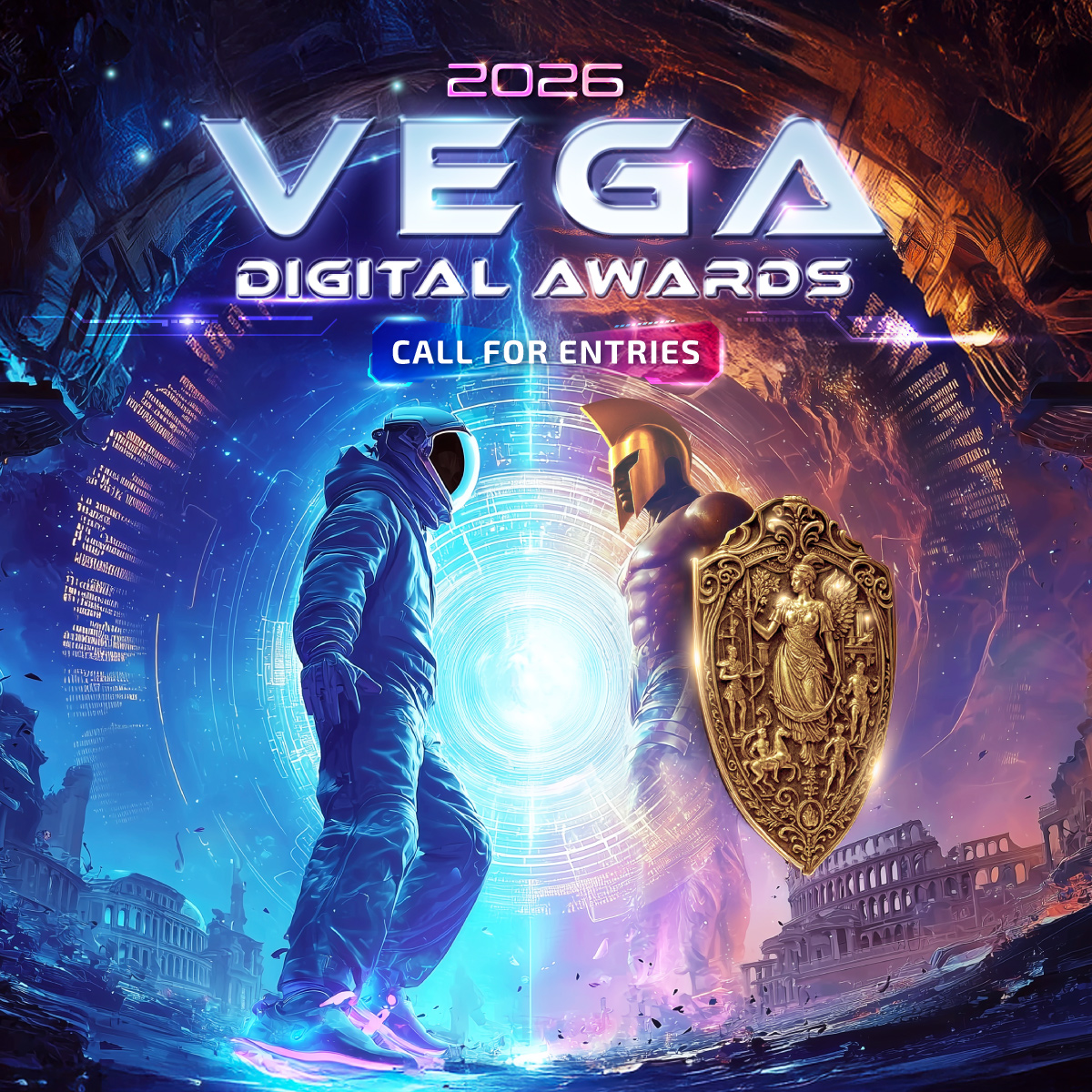
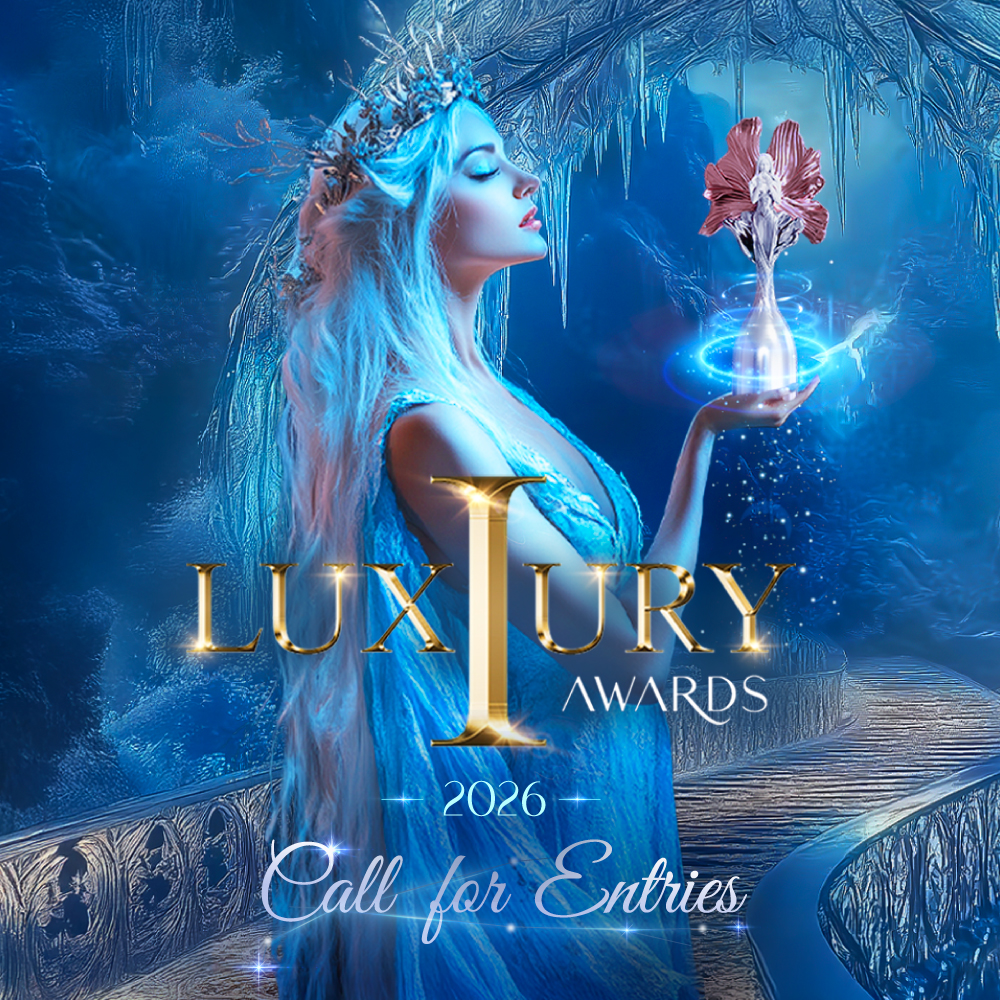
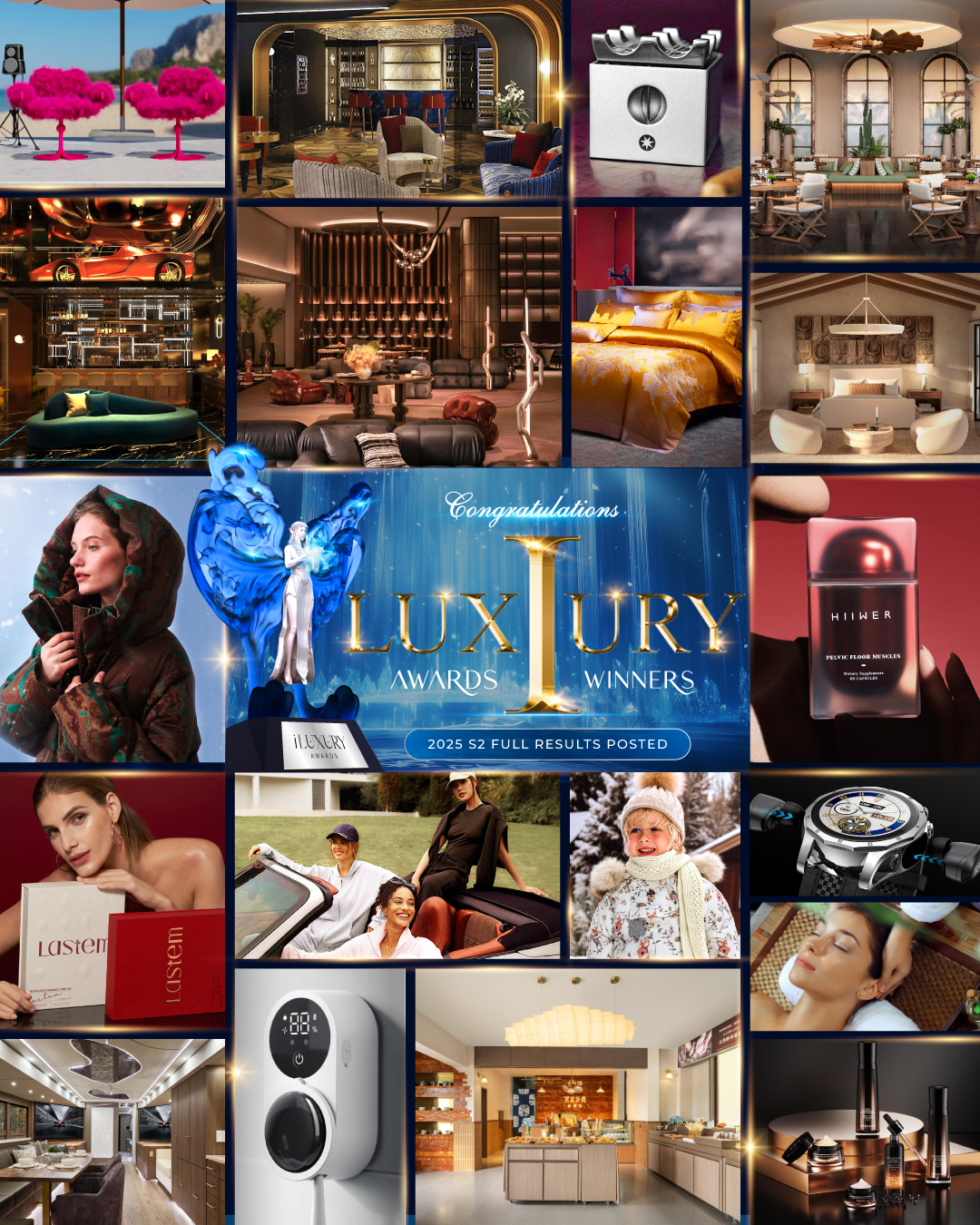
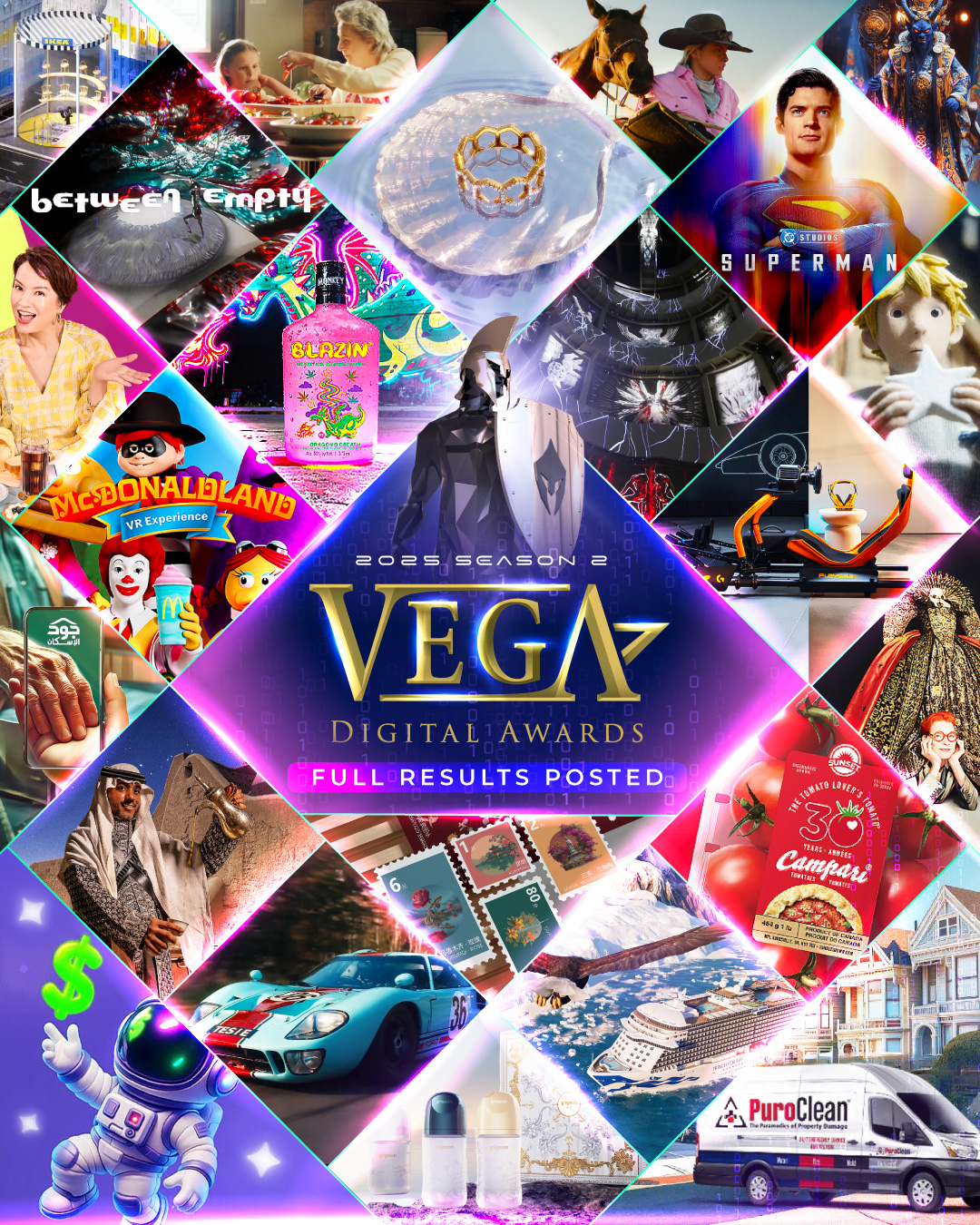
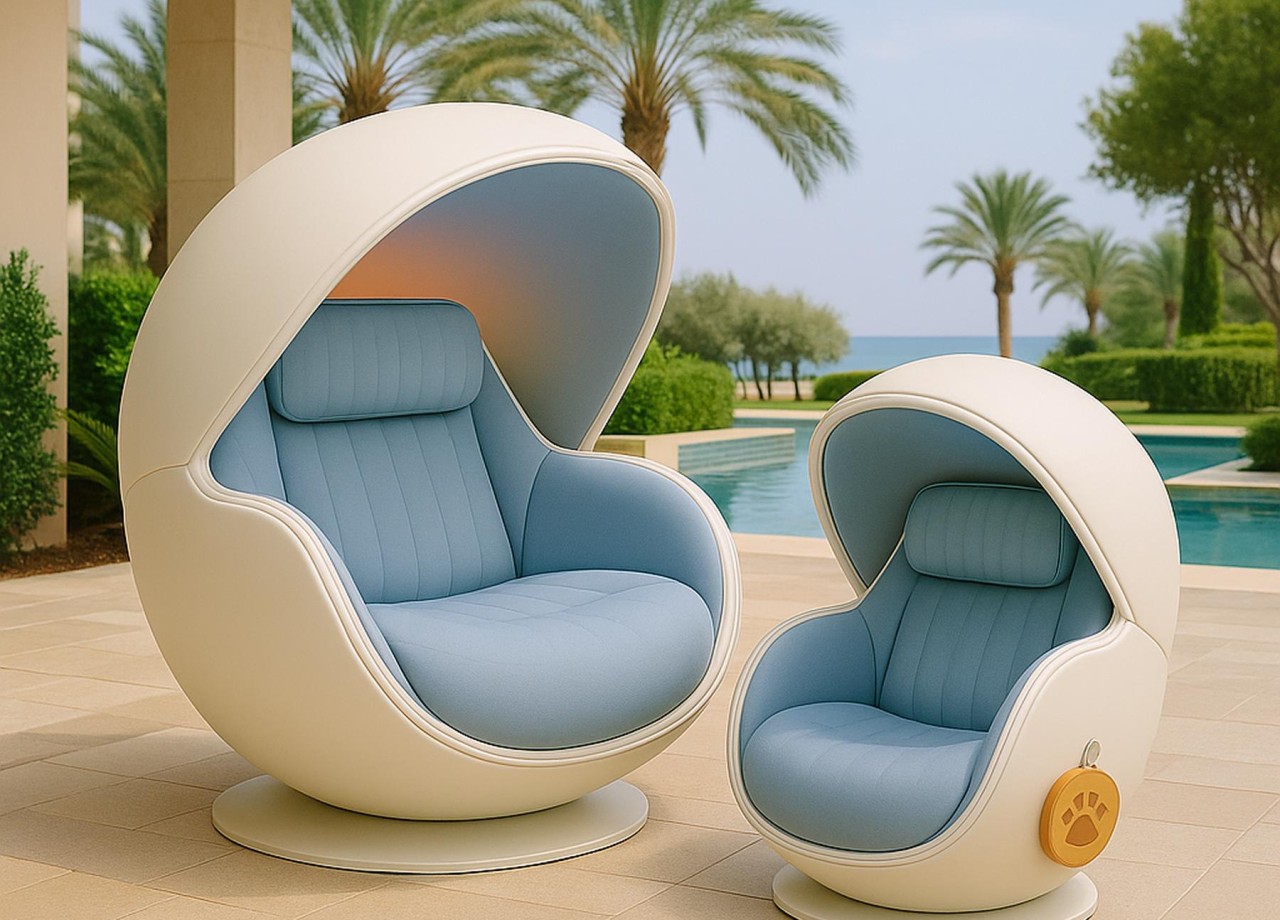
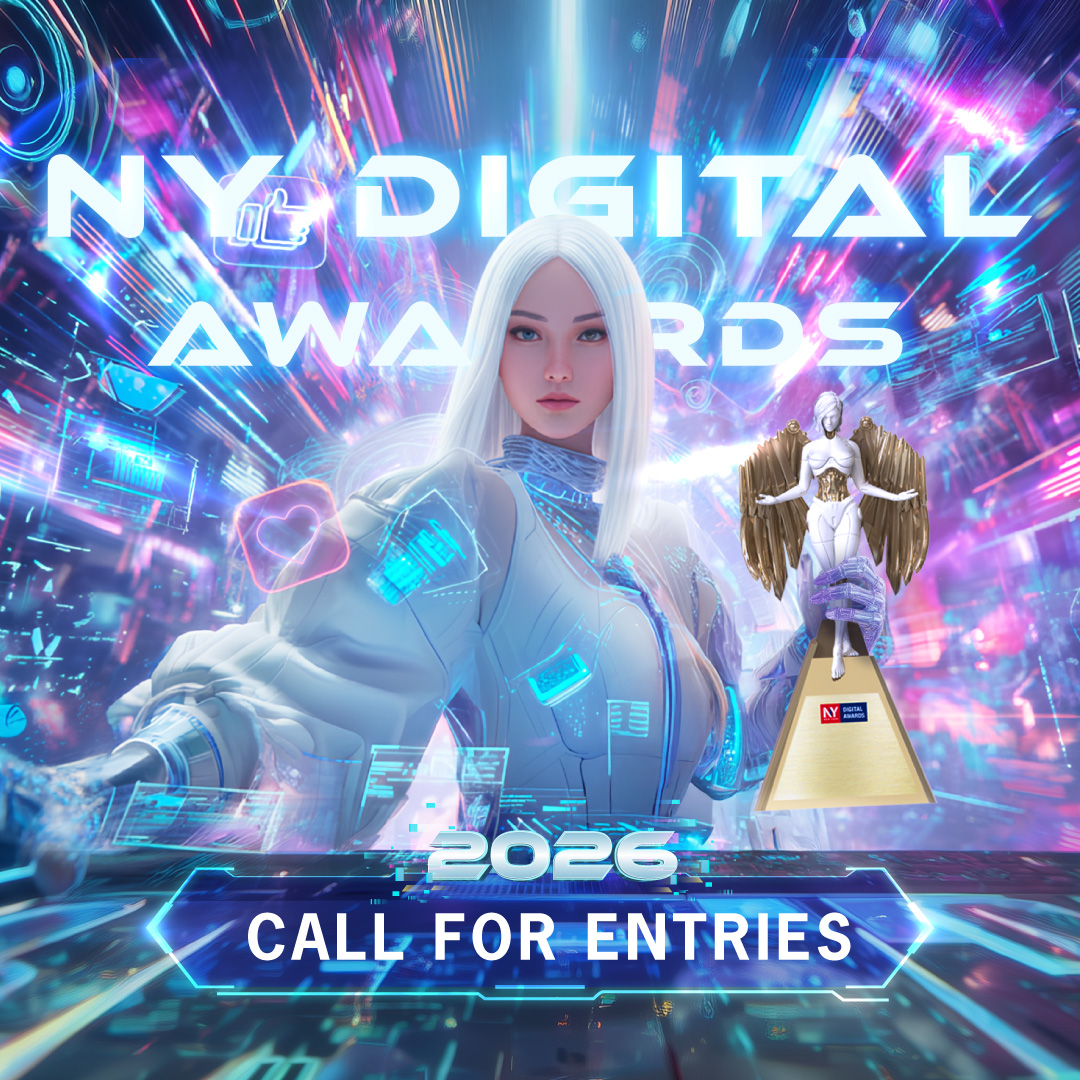


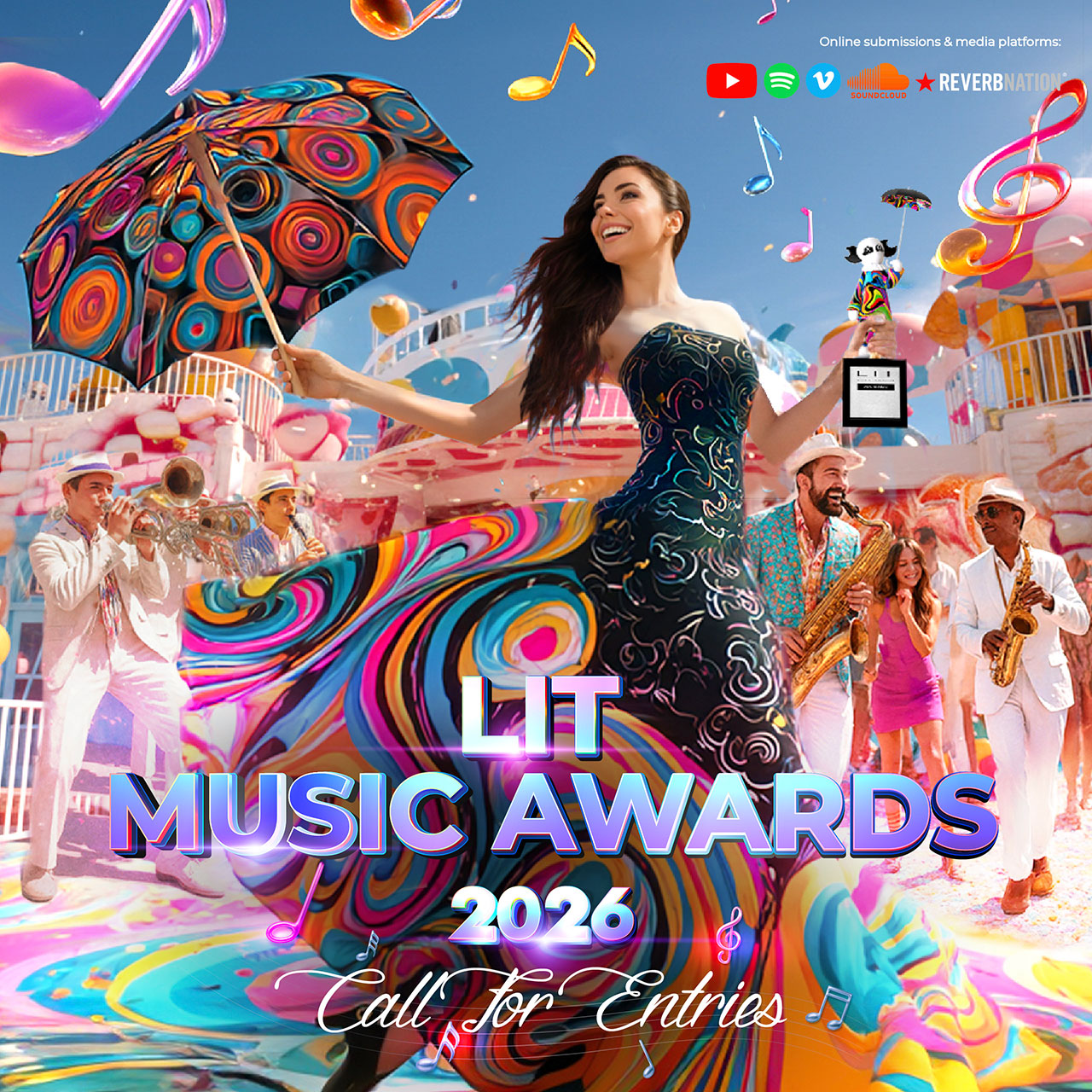
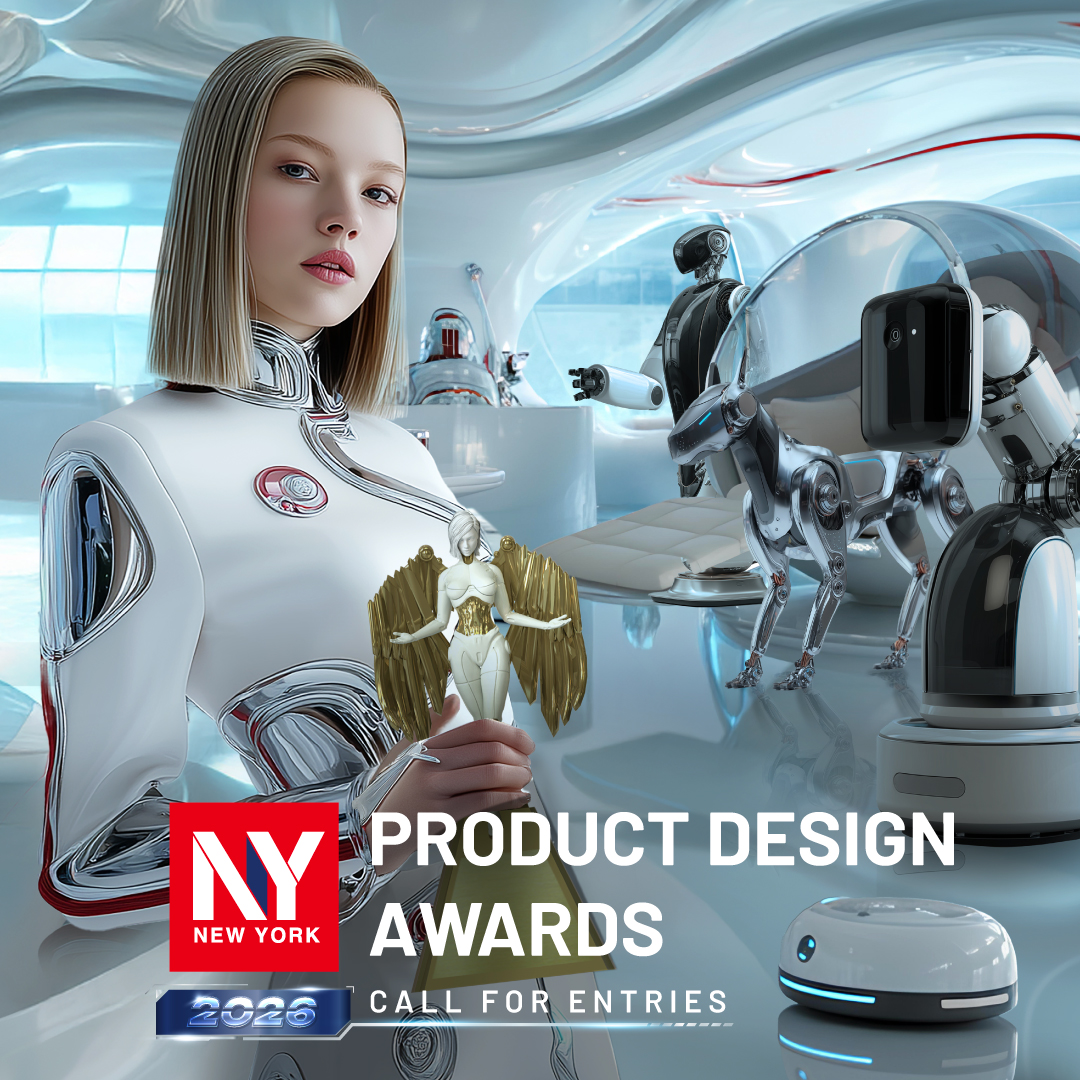
IAA GLOBAL AWARDS
MUSE Awards
Vega Awards
NYX Awards
TITAN Awards
- TITAN Business Awards
- TITAN American Business Awards
- TITAN Property Awards
- TITAN Women In Business Awards
- TITAN Health Awards
- TITAN Innovation Awards
- TITAN Brand Awards
